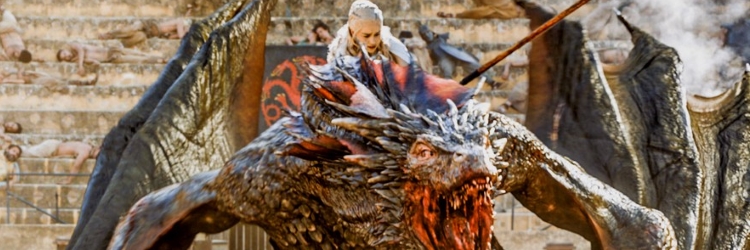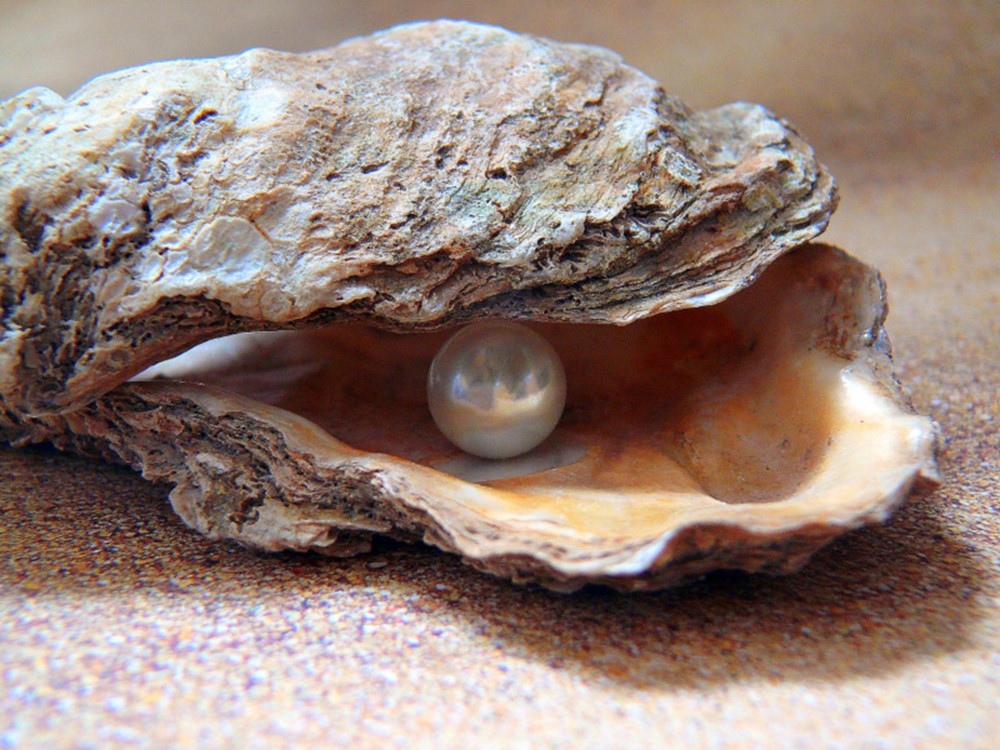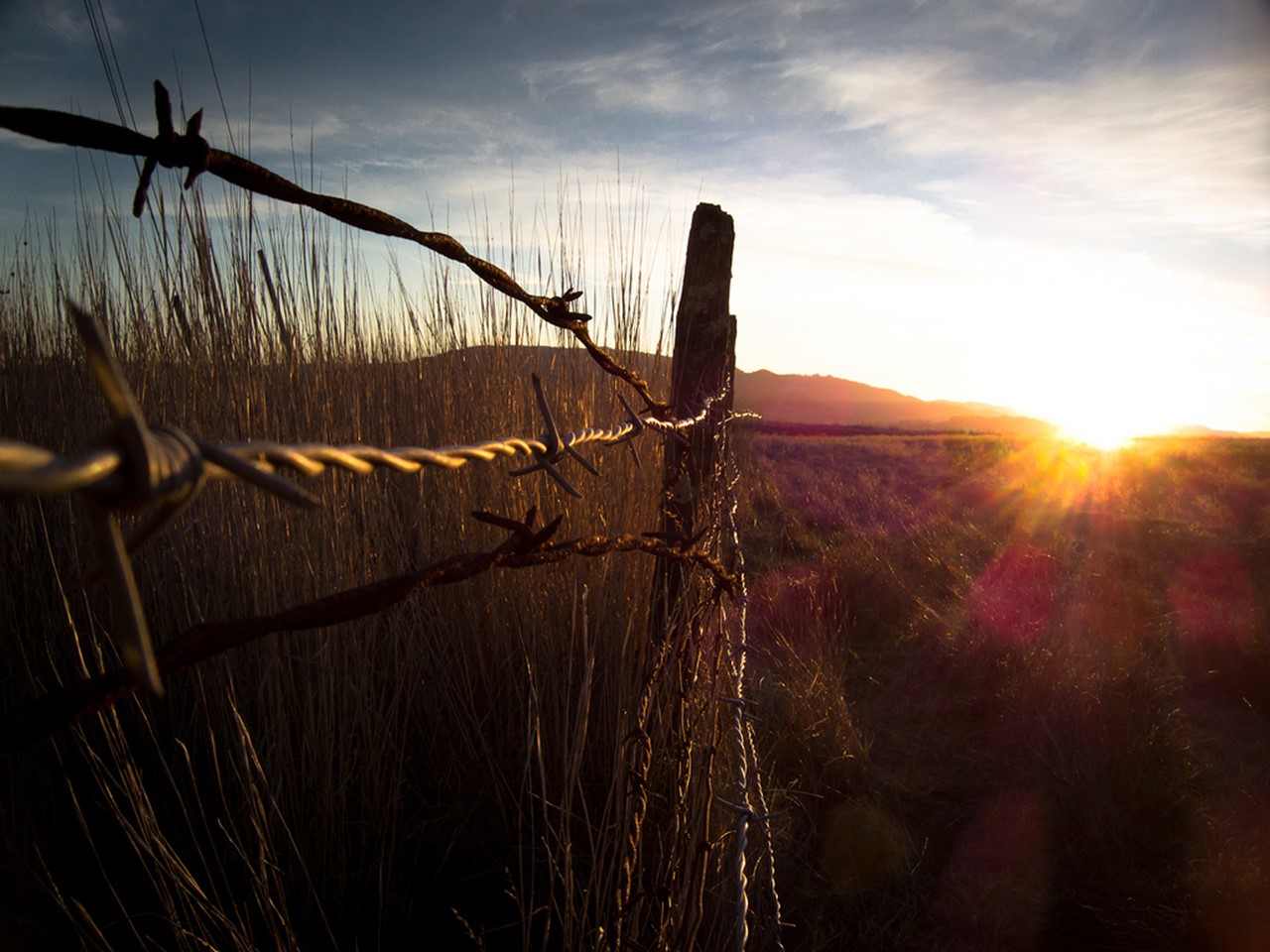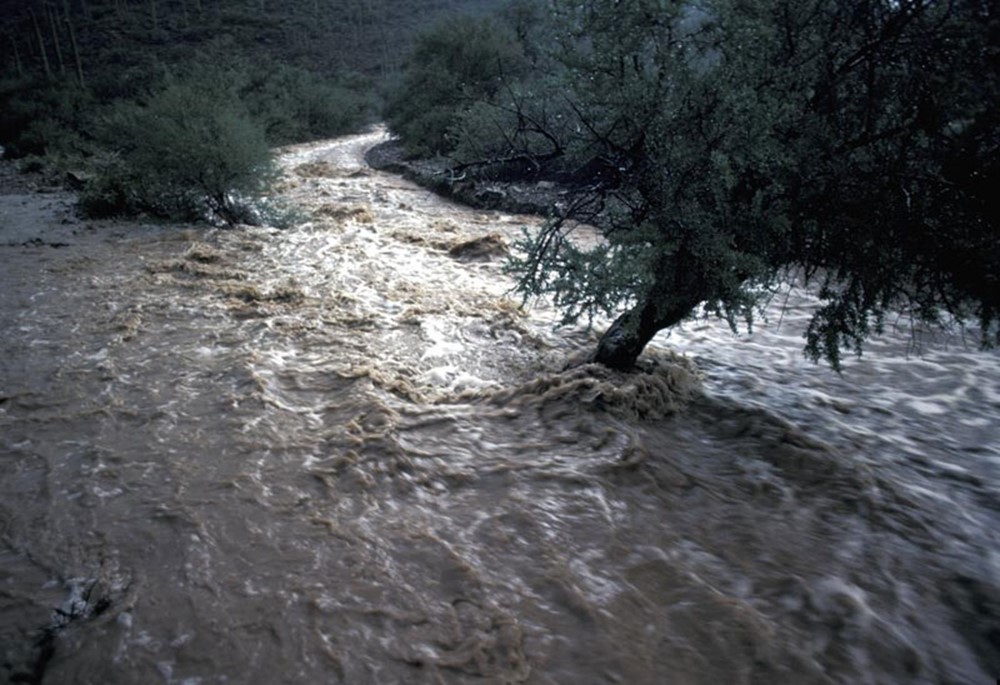
Spoiler warning: the following contains spoilers for Game of Thrones Season 7 (2017)
In episode 4 of season 7, “The Spoils of War” we learn that the Lannister army successfully moved gold from Highgarden to the capital, and Cersei can now pay back the Kingdom’s debt to the Iron Bank.
The bankers have a problem though. Now what? Cersei has their gold in King’s Landing. To return it to the bank’s vaults it’d have to get all the way to Braavos:

The Iron Bank could ship the gold over but piracy is alive and thriving, and rumors of gold shipments would spread far.
Euron Greyjoy’s fleet has proved adept at dominating the seas and could perhaps be hired by the Iron Bank for cover. But even the strongest Ironborn ships will sink to dragon fire, and sea routes out of King’s Landing pass dangerously close to Dragonstone, where Danerys and her dragons will be looking for chances to burn down the Greyjoy fleet. Using it could make the gold more vulnerable rather than less.
Euron’s fleet isn’t the only one around. Mercenary ships could be found but they would expect a large commission and there’s always the risk that they’ll loot the gold themselves.
The Iron Bank could get clever and avoid transporting it altogether. Gold is fungible and a brick of it in the capital is the same as a brick in Braavos. The bank could ask residents of Braavos to deposit their gold in the Iron Bank’s vault and then promise them an equivalent amount plus a premium of 1-2% when they show up in King’s Landing. The bank wouldn’t be too happy about paying premiums, but 2% probably compares favorably to the cost of hiring a navy and risking the whole lot being sunk.
But this assumes there are masses of (rich) people migrating from Braavos to Westeros. In reality, the flow of people is probably in the other direction. Between an oncoming zombie army and continued endemic political instability, Braavos probably looks like the more attractive destination.
The Bank has a final option. Instead of transporting gold to sit in a vault they could put their money to work and lend it out again. Since the gold is in King’s Landing they can’t hope to fund any of Cersei’s enemies without raising the Queen’s suspicions. And so in the episode it makes sense that banker Tycho Nestoris is eager to take the bank’s gold and lend it back to Cersei at (one assumes) an attractive interest rate.



















Join the Discussion! (No Signup Required)